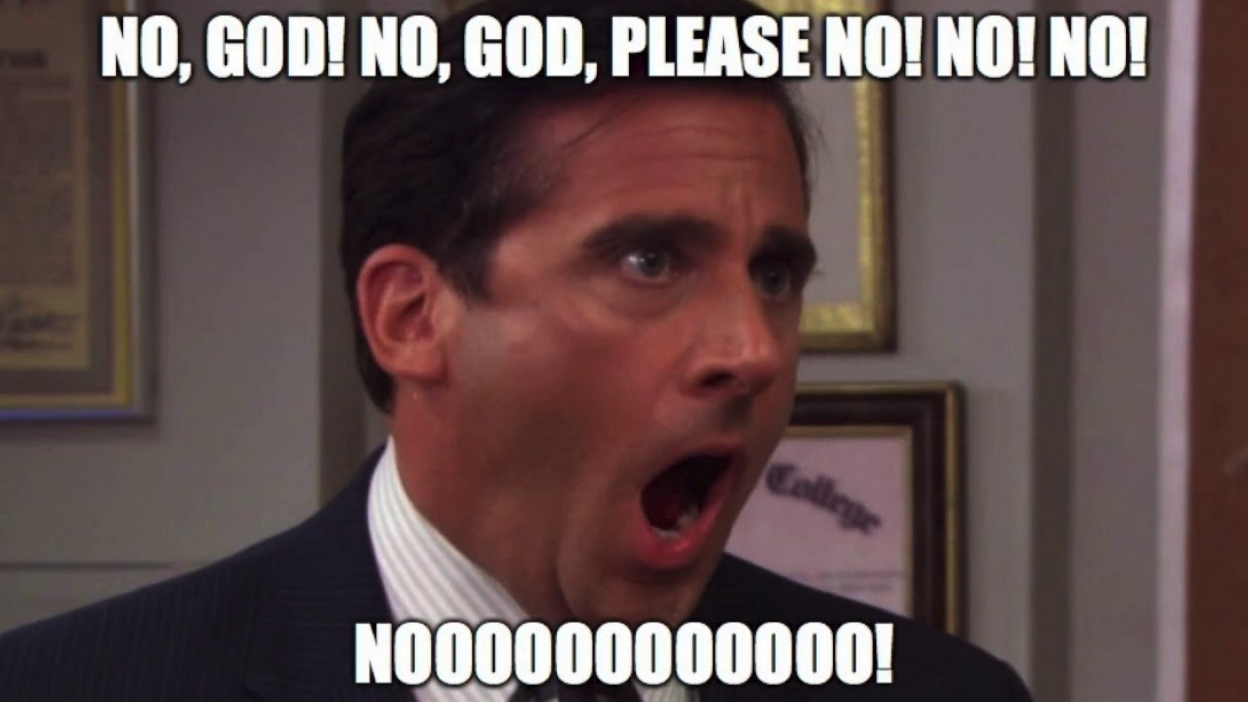PTH 122 Lecture - Joint Mobilization
1/25
There's no tags or description
Looks like no tags are added yet.
Name | Mastery | Learn | Test | Matching | Spaced |
|---|
No study sessions yet.
26 Terms
what is a joint mobilization/manipulation?
A passive, skilled manual therapy technique applied to joints and soft tissues to increase ROM
what are the benefits of increasing joint mobility?
Increases functional ROM
Increases nutrition to the joint
The compressing/decompressing movement allows nutrition and continuous remodeling
Prevents adhesions and contractures
Maintains movement into and out of closed pack position (position of joint stability)
what are the indications for joint mobilization?
1. Decrease Pain (Gr. 1 & 2 mobilizations only)
2. Decrease Muscle Guarding and Spasm
4. Faulty positioning /tracking of the joint surfaces
5. Limited ROM
6. Prevent degenerating and restrictive effects of immobility
what are the neuro effects of joint mobilization?
Small amplitude oscillations and distraction stimulate the mechanoreceptors than then inhibit the pain messages from the nociceptors at the spinal cord level (gait theory)
what are the mechanical effects of joint mobilization?
gliding movements cause movement of the synovial fluid which brings nutrients to the cartilage which in turns decreases pain and prevents degeneration

what are contraindications for joint mobilization?
Joint Hypermobility
Joint effusion (swelling) due to trauma or disease
Inflammation
what are precautions for joint mobilization?
Malignancy
Bone Disease (osteoporosis)
Post Fracture
Excessive pain
Hypermobility in surrounding joints
Total Joint Replacements
Pts. taking corticosteroids
Connective tissue diseases - such as RA
Elderly with weak connective tissue and poor circulation
what are some things joint mobilization cannot do?
Change the disease process
Alter the inflammatory process
what does a physiological: voluntary/normal movement look like?
Active ROM - actively performed by the patient
Passive ROM - passively performed by the PT/PTA
Osteokinematics
what do accessory: normal occurring, needed for full ROM
think: scapular rotation while in shoulder flexion
they cannot be actively performed by the patient
Also called joint play or component motions
what is joint play?
Motion that occurs between joint surfaces that allows the bones to move
Can be demonstrated passively, not actively
TRUE or FALSE when the concave surface moves on the convex surface, the slide occurs in the same direction as the bone that is moving
true
TRUE or FALSE when the convex surface moves on the concave surface, the slide occurs in the opposite direction as the bone that is moving
true
what is rolling arthrokinematics?
Rolling results in angular motion of the bone
Rolling causes joint compression so generally not used in jt. mobilization
Rolling usually occurs with a slide or a spin
what is the slide/glide arthrokinematics?
The direction of the sliding /gliding depends upon whether the moving surface is concave or convex.
If the surface is CONVEX: sliding occurs opposite the direction of the moving bone
what is spin arhtrokinematics?
Rotation of a bone around a stationary mechanical axis
The same point on the moving surface creates a circle as the bone spins
Usually occurs with rolling and gliding
what is the key to performing joint mobilizations? who cares??
Always Perform Joint Mobilization in the Loose-Packed position!!
Loose-packed position:
Capsule and ligaments are lax, on slack
Most motion occurs in the maximally loose-packed position
Closed-packed position:
Joint surfaces are maximally congruent
joint capsule and ligaments are maximally taut
Articulating surfaces cannot be separated by traction
what is traction/distraction? who cares??
A separation or pulling apart of joint surfaces
KEY:
Always used prior to applying a slide/glide during mobilization
what is the kaltenborn technique?
Grade I: (Loosen)
slow, sustained, small amplitude distraction, does not stress the joint capsule
Grade II: (Tighten)
Distraction or glide that tightens up the tissue around the joint - “Takes up the slack”
Grade III: (Stretch)
Distraction or glide large enough to stretch the joint capsule and surrounding structures: 6 sec stretch f/b partial release
what is the dosage for the kaltenborn?
Dosage: Distract and then hold for 7 – 10 seconds, relax, repeat
what is the Maitland: oscillation technique?
Grade I: Rapid, small amplitude oscillations , at the beginning of ROM (Vibration)
Grade II: Larger amplitude oscillations that do not reach the limit – 2-3/sec for 1-2 min.
Grade III: Large amplitude oscillations that are performed up to and slightly through the limit of resistance 2-3/sec for 1-2 min
what does each joint mobilization grade mean?
Grade I: decrease pain and/or muscle guarding
Grade II: decrease pain & maintain joint play and therefore available ROM
Grade III: increase ROM by increasing amount of joint play
what is the procedure for joint mobilization?
Use proper joint position: “resting position” Must not be in “close packed” position.
Hands should be applied close to the joint
Stabilize the proximal bone with one hand or another body part
Grasp the distal bone with the other mobilizing hand
Distract the joint and take up the slack
Glide the distal bone in the desired direction with the desired intensity
what is the suggested treatment sequence?
Warm up the tissues
Relax the muscles with Grade I or II oscillations
Perform desired joint mobilization technique to achieve a goal
Perform a passive stretch into new ROM
Pt. performs AROM using new range
Home Exercise Program to maintain new ROM
Pt. education: functional activities using new ROM
what do you look for in patient response?
Joint mobilization may cause some mild soreness (this is normal) should not last more than 24 hours
Decrease the dosage and duration of the joint mobilization if the patient experiences pain lasting longer than 24 hours.
Assess patient’s PROM and AROM prior to and after every treatment
what do you need to consider when working with geriatrics?
ROM is progressively lost starting at age 30, with greater losses after 60 - WNL vs. WFL
To maximize ROM gains in the elderly, incorporate exercises into ADL’s